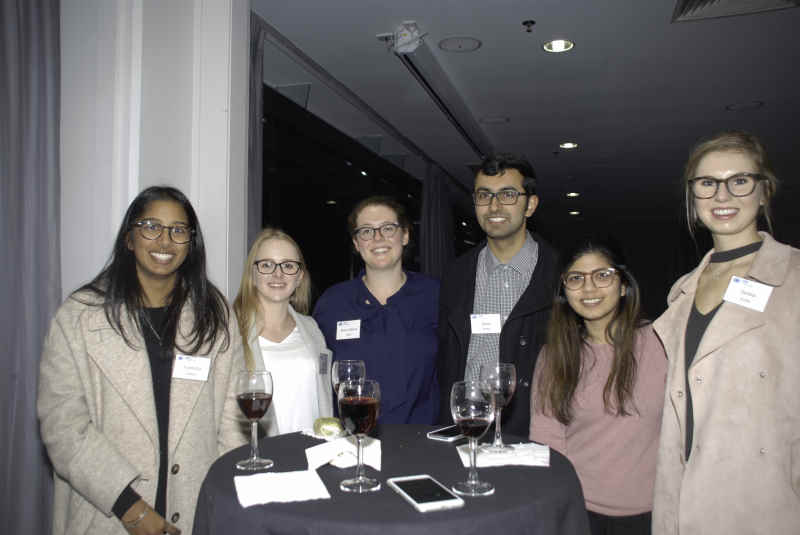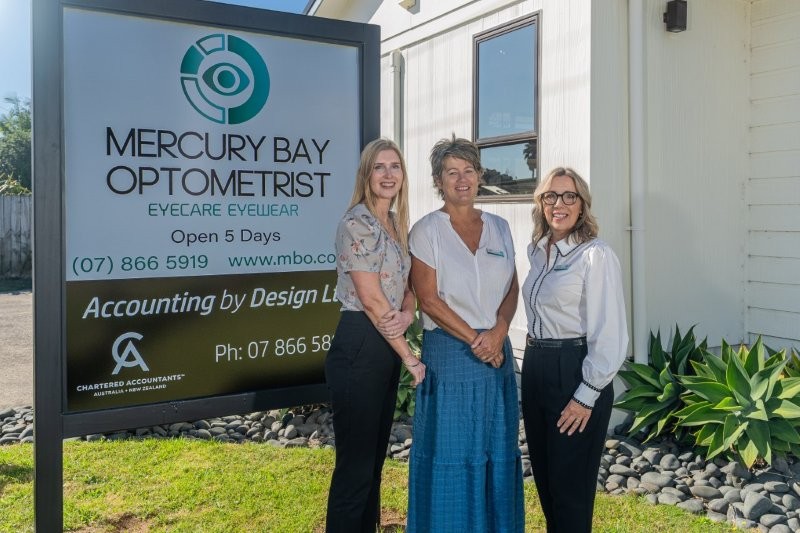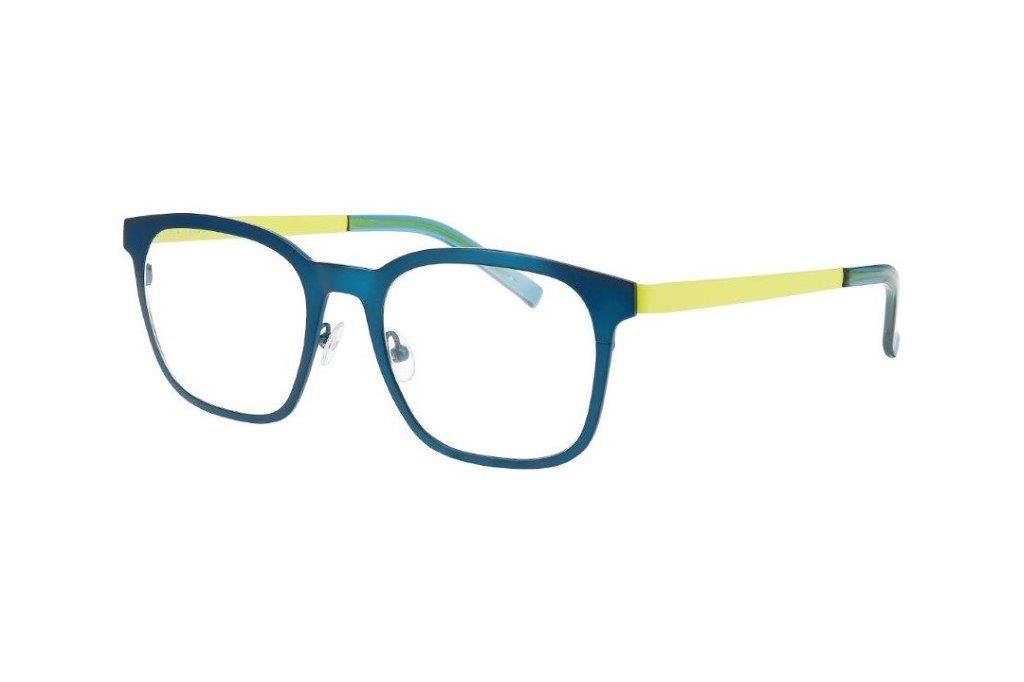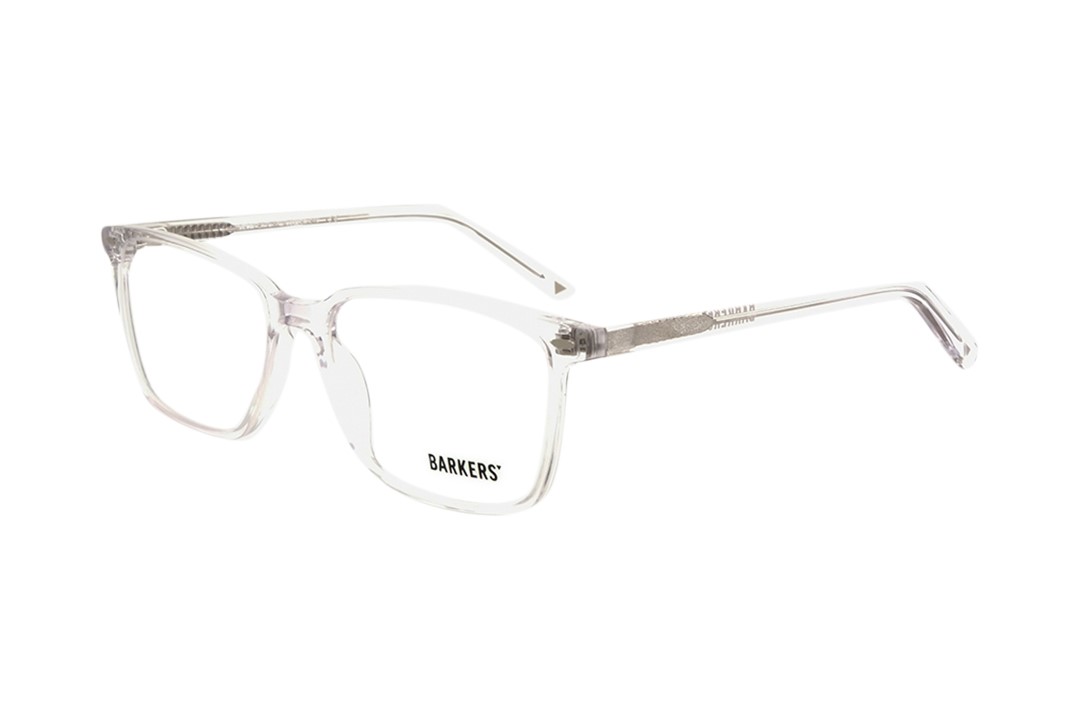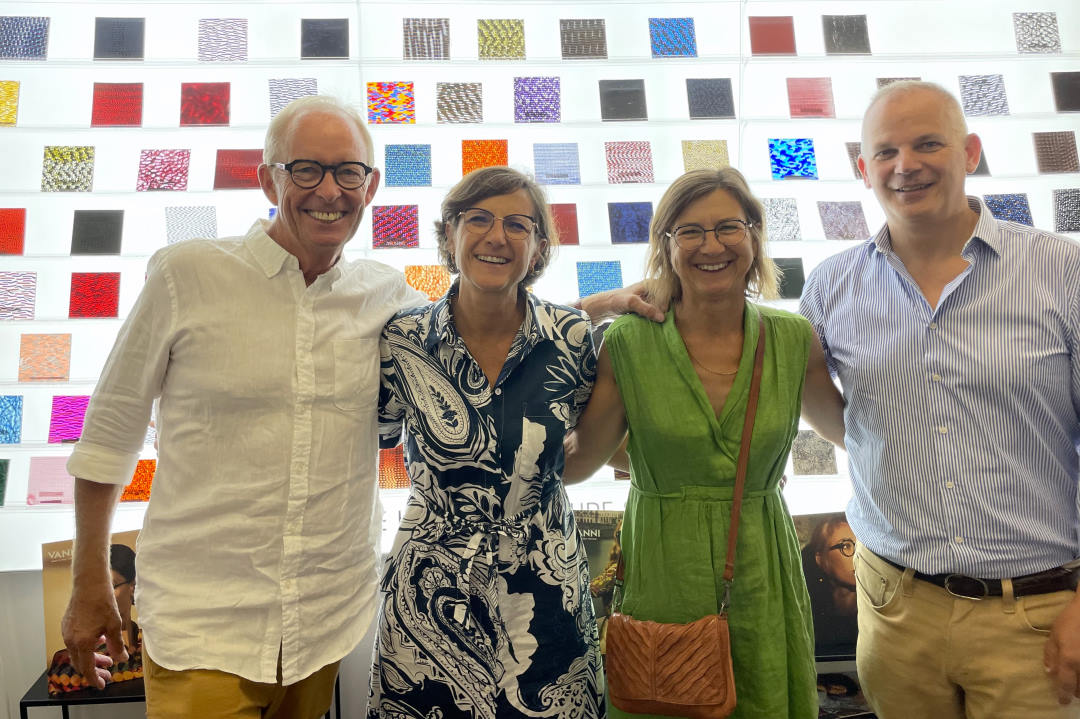From toxoplasmosis to endophthalmitis
Eye Institute’s popular winter seminar welcomed a large crowd of optometrists to the Ellerslie Event Centre in Auckland, while no less than eight resident ophthalmologists presented on a wide range of topics.
First out was Dr Narme Deva who discussed toxoplasmosis. Although most cases of toxoplasmosis are typical, when presented with an atypical case it requires further investigations and tests, especially if the patient is pregnant or immunosuppressed in any way, she said. The main treatment is antibiotics and/or oral steroids. Initiation and timing of steroids can vary between specialists although Dr Deva said she starts them concurrently and never gives oral prednisone without antibiotic cover.
New recruit Dr Ben LaHood offered some useful tips on how to prepare for spring – a tough season for allergic conjunctivitis. If avoidance and minimising the trigger elements are not enough or difficult to achieve, the next step is recommending preservative-free lubricants and dual treatment/therapies combined with an oral antihistamine, he said. Failing that, try a topical non-steroid and, if symptoms persist, suggest the patient sees an immunologist to discover what’s triggering the allergy.
Dr Adam Watson covered the dry eye-like symptoms that can plague patients following cataract surgery, including gritty foreign body sensation, burning, dryness, pain and post-operative light sensitivity. Evidence from different studies shows most issues subside within three months, he said.
Another new recruit, Dr Divya Perumal took to the stage to present on the many faces of glaucoma, using an abundance of images to illustrate pre-trabecular, trabecular and post-trabecular glaucoma, offering insights into the management of secondary glaucoma.
After the break, Dr Graham Reeves continued the glaucoma theme, with an amusingly entitled speech, 56,000 ways to treat glaucoma. The reality, he said, is that there’s no single right answer on how best to treat glaucoma. The best approach is to weigh up information about the glaucoma (type, rate of progression and target IOP) and the unique patient factors* (age, health and social factors) with the necessity of ongoing monitoring and aim for the glaucoma or its treatment to have as little impact on the patient’s life as possible, he said.
Professor Charles McGhee’s entertaining talk, Beyond kerato-refractive laser and toric IOLs, educated the audience on how to manage severe post-graft astigmatism using relaxing incisions combined with compressions sutures and wedge excisions. Relaxing incisions are made at the opposite edges of the cornea, following the curve of the iris, causing a slight flattening of the chosen meridian. The effect is enhanced by augmentation sutures in the flattest meridian. The wedge excision is unpredictable, said Prof McGhee, and technically demanding to perform, and corneal stabilisation takes months rather than weeks compared to relaxing incisions. On the upside, it offers a greater reduction in astigmatism and is useful where significant thinning is present.
Dr Jay Meyer discussed the diagnosis and treatment of the many varieties of conjunctival lesions. Although they are generally all bad news, requiring monitoring and treatment, conjunctival melanoma and ocular surface squamous neoplasia (OSSN) can be life threatening.
Conjunctival melanoma has a poor prognosis and a high rate of recurrence (26% at five years, 51% at 10 years and 65% at 15 years), with 30% of patients dying within 10 years of diagnosis. It can sometimes present in an amelanotic form and recurrences are sometimes associated with an adjacent eyelid melanoma. It can also originate in the fornix or palpebral conjunctiva. Dr Meyer highlighted the importance of maintaining a high level of suspicion for melanoma when any pigment is noted near or within the lesion.
OSSN encompasses both intra-epithelial and invasive squamous cell carcinoma of the conjunctiva and cornea. It is generally slow growing and rarely metastasises but is locally destructive and invasive, and needs to be surgically removed. Look out for OSSN lesions presenting as papilliform, leukoplakic or gelatinous, or with corneal involvement or feeder vessels.
Last to present was Dr Peter Hadden who discussed endophthalmitis, delving into symptoms, signs and required treatment. The classic case appears five days post-cataract surgery, with patients presenting with blurred vision and pain. Other risk factors include IV drug abuse, debilitating disorders, such as diabetes mellitus, chronic renal failure, systemic lupus erythematosus, alcoholic hepatitis or simply old age. Patients who have undergone recent invasive procedures like endoscopy and those with gastrointestinal malignancies, skin infections and immunosuppression are also at risk, or it may have tropical or fungal origins, he said. Once the diagnosis has been made, refer promptly. Treatment depends on the underlying cause of the endophthalmitis, but often involves intraocular antibiotic injection or vitrectomy. The final visual outcome is heavily dependent on timely recognition and treatment, he stressed.
*See www.eyeonoptics.co.nz/articles/archive/personalising-glaucoma/ for more on this area.










